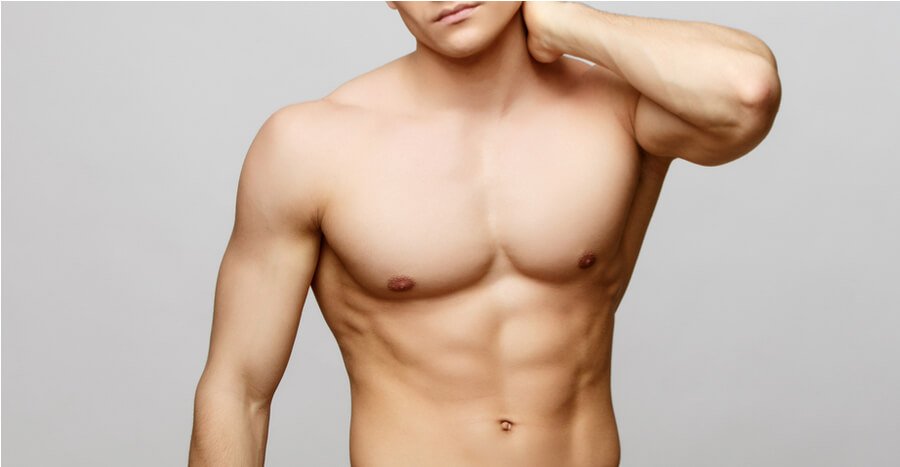The human body is a unique combination of many bones, connecting tissues, muscles, and joints. The entire skeleton of bone works because of these joints and muscles in the body.
Pectoral or PEC muscles are one of such muscles that are responsible for movement in the shoulder and upper arm area.
What are PEC Muscles?
Pectoralis or PEC muscles are a set of muscles that present in the upper body called the pectoral region. These muscles basically connect the upper arms and shoulder bones to the front chest wall. The pectoralis muscles help in the complex movements of the pectoral region.

The set of PEC muscles basically consists of one pectoralis major and one pectoralis minor located on each side of the breastbone. Apart from these, the subclavius muscles and the serratus, anterior muscles are also a part of the pectoral region. These four muscles account for the overall motion of the upper body. The PEC muscles are said to involve all these four muscles.
Pectoralis Major: The pectoralis major is the chest muscle lying just below the breast. The thick fan-shaped muscle connects to the ribs, collarbone, sternum, and the abdominal muscles’ tendons.
The PEC major has two originating heads known as the sternocostal head and clavicular head.
Sternocostal head: This originates from the breast bone and accounts for about 80% of the PEC major size. It helps in adduction.
Clavicular head: This originates from the middle segment of ribs and assists PEC major in its functions. Apart from that, PEC minor also helps in the forward movements of arms.
The muscles are responsible for adduction movement, like bringing the arms on the side or folding these to the front such that these come to the midline of the body. The forward rotation of the arms is also carried out by the pectoralis major.
Pectoralis Minor: Pectoralis minor is thin and triangular muscles. Most of these muscles lie hidden below the pectoralis major. The muscles emerge from the midsection of ribs and finally connect to the shoulder blades. The forward and downward movement of the shoulders is governed by the pectoralis minor muscle.
Serratus anterior muscles: This fan-shaped muscle lies mostly below the breastbone and even the PEC major and originates at the 8th or 9th rib. The muscles are involved in the protraction and movement of scapulothoracic joints.
Subclavius muscles: The small and triangular muscles are placed between the collarbones and the first ribs. The downward movement or depression of the collarbone along with elevation of the first rib is due to the subclavius muscles.
How to target PEC Muscles?
To increase strength and flexibility in the pectoral area (aka chest and shoulder strength), one needs to perform exercises that target the PEC major and PEC minor.
Target PEC major: Since PEC major consists of two origin heads, it is important to target these heads. To work upon the sternocostal head of PEC major, one can try out dips, bench and decline bench press, and dumbbell fly. All these exercises target the adduction movements and help in strengthening the muscles.
The clavicular head of PEC major can be strengthened through incline press and fly.
Target PEC minor: PEC minor is a very thin muscle that works in collaboration with PEC major. It is really difficult to isolate its movement from PEC major and target it specifically. But the muscles can be worked out in an associated movement with the PEC major.
Upper body exercises that involve leaning forward and bringing the shoulder blades downwards will help the work out of the PEC minor. Straight arm pulldowns, dips, and decline chest press are few exercises that will help in building and strengthening the PEC minor.
Target serratus anterior: To strengthen and build these, one can do push-ups and planks. Oblique punches and arms dancing are also effective in targeting the serratus anterior muscles.
Target subclavius muscles: Subclavius muscles can be worked out by jogging, shoulder rolls, shoulder shrugs, swimming, and push-ups. Strengthening these muscles is important as these also prevent the adjacent bones and muscles from injuries and fracture.
The PEC muscles are the ones that are responsible for the upper body (pectoral) motion. The PEC major and PEC minor contribution to the maximum region and the subclavius and serratus anterior are small muscles. Strengthening all muscles will keep up the upper body in good health and shape.